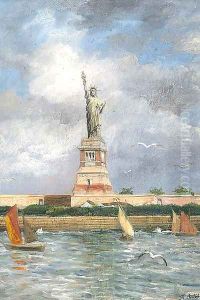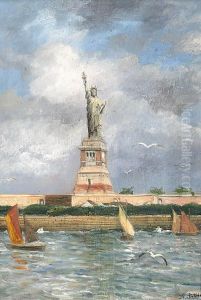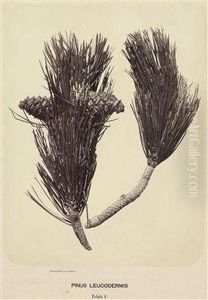Franz Antoine Paintings
Franz Antoine was an Austrian painter, primarily known for his botanical illustrations. Born on August 28, 1815, in Vienna, Austria, Antoine was an artist who flourished during the 19th century, a period marked by a surge of interest in natural sciences, including botany. While there is not a vast amount of biographical information readily available about Franz Antoine, his contributions to botanical art are notable.
Antoine's work is characterized by its meticulous attention to detail and its scientific accuracy, which made it valuable to botanists and horticulturalists. His illustrations often featured plants with a high level of precision, showcasing the structure of the flowers, leaves, and stems, which were essential for the scientific classification and study of plant species.
During his career, Franz Antoine worked closely with the Royal Court of Austria and was associated with the Imperial and Royal (k.k.) Hofgartenbaudirektion, the authority responsible for the royal gardens. He collaborated with prominent botanists of his time, contributing illustrations for botany books and periodicals. His drawings were known for their beauty, which not only served scientific purposes but were also appreciated by art lovers for their aesthetic qualities.
Antoine's illustrations contributed significantly to horticultural records and botanical literature. His works were often published in the form of detailed colored lithographs, which were collected by both scientific institutions and art connoisseurs. These illustrations remain valuable resources for the study of historical plant varieties and garden design of the era.
Franz Antoine passed away on January 11, 1886, in his hometown of Vienna. While he may not be as widely recognized as some of his contemporaries, his legacy endures through his contributions to botanical art. His illustrations continue to be appreciated for their historical value and the skillful way they merge scientific precision with artistic expression. Today, original prints of his work are sought after by collectors and are held in the collections of various natural history museums and botanical institutions around the world.


